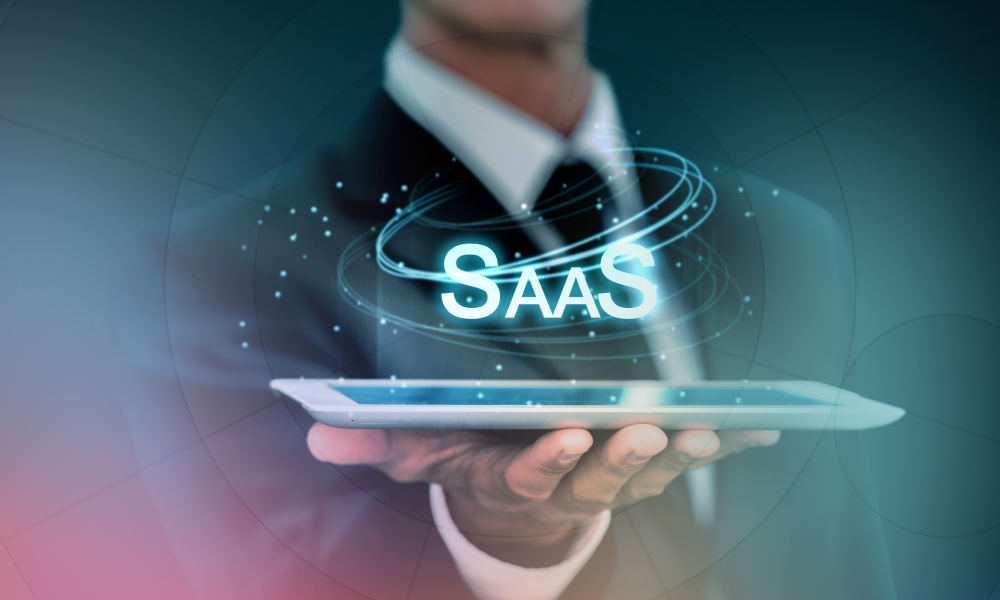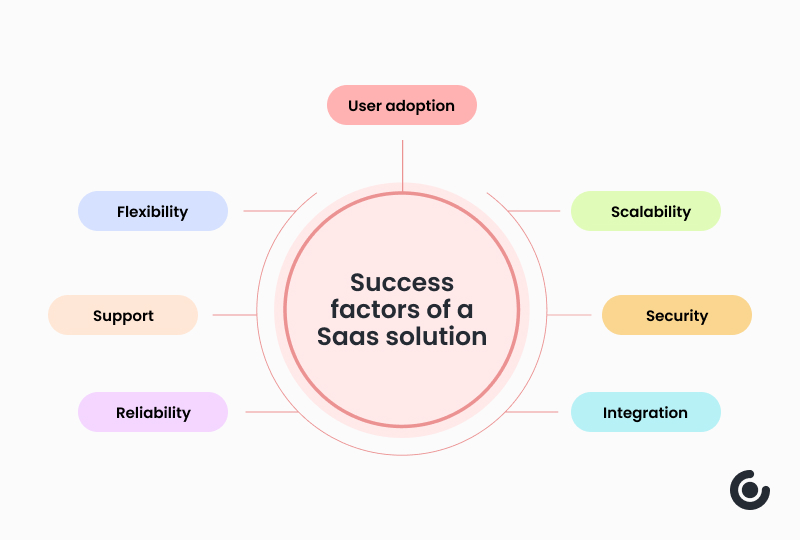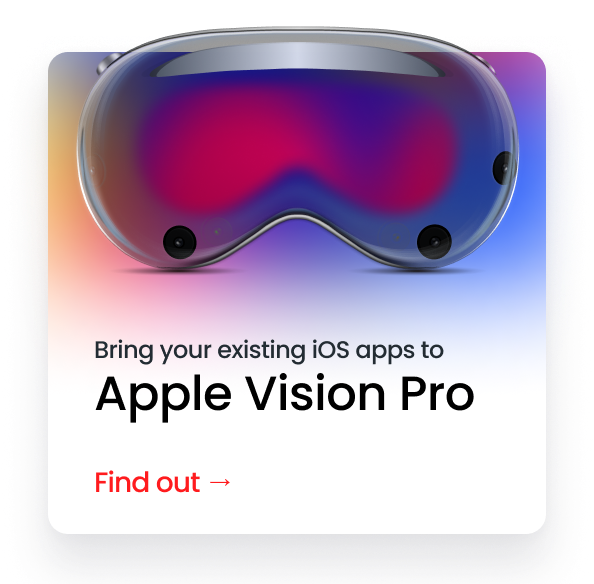Success factors of Saas solutions

Table of Contents
A Saas solution is a business-to-business software, which is a form of software designed for businesses. It allows businesses to communicate with other businesses through a web-based interface. The success of saas solution depends on many factors, including the technology used and its ease of use, as well as the ability to provide all the necessary features that a business needs.
Saas solutions are software packages that run on your cloud infrastructure. They help you run your business, and they’re typically available through a web-based interface.
The main difference between a SaaS and a traditional software
Based on the delivery model, in the first scenario, businesses employ the service and pay a monthly charge to utilize it, as is the case with Netflix, Coursify.me, etc. In the second, they invest in a perpetual license and must set up the software on their personal computers in order to utilize it. Examples include Office, Photoshop, and numerous other apps.
One of the main benefits of SaaS over this conventional paradigm is that businesses do not need to invest in hardware to host software, enabling them to outsource the majority of the IT duties traditionally needed to debug and maintain software. Everything is taken care of by the SaaS provider.
What can determine the success of a saas solution?
The success of a saas solution depends on many factors as well as viable signs such, as how easy it is to install and use, how responsive the support team is, and how easy it is to scale up or down depending on how much traffic your site gets.
1) User adoption
Easily digestible and user-initiated should be the guiding principle for all client experiences, including software trials, sales, onboarding, training, the extension of product usage, and support.
Customers and prospects should have the option of interacting with you more or less as they see fit. They should have access to resources, flexibility, and tools. Give people the chance to explore every facet of your SaaS service in a way that is easy to use, discreet, and available when they want it.
2) Scalability & security
Provide service solutions to complement your solution. Having defined objectives and outlining the results you need to achieve with your clients at various stages of the subscription lifecycle is essential. This is frequently led by a customer success management team. By concentrating on ensuring adoption, interacting with/integrating with complementary solutions used by your clients, or in some other way enhancing your overall business value, these services should focus on boosting your connection with your clients.
3) Flexibility & integration
Feedback is one of the most important and effective tools you can use for optimizing performance and processes at your organization. No one knows your product better than your customers – and no one uses it more. Sure, you may test it endlessly, but the customers are the real “users”.
With a great customer service team, you always have an ear for what your customers are saying. It is significant to listen and listen well. Asking customers for honest, open-ended feedback, and acting on it, can do wonders for your organization.
Firstly, it improves customer satisfaction by solving the pain points that users are directly facing. Secondly, it shows customers you’re listening to them, increasing brand loyalty and trust.
4) Support
Providing proactive monitoring, intervention, and support are the main customer success action tactics to prevent client problems from occurring. Additionally, this entails spotting at-risk clients and stepping in just in time.
Identifying KPIs and characteristics that determine behavior, success, and failure for your customers are all important components of proactive customer success. You can analyze this information to learn which customers are using your product at varying levels of engagement. Based on the data, your agents may decide which responses and interactions are optimal for which customers, and when.
5) Reliability
Customer success is a milestone! It is crucial to establish clear targets and spell out the results you must achieve with your clients at various stages of the subscription lifecycle, which is frequently led by a customer success management team.
For instance, user adoption and usage are frequently the focus of phase one of a lifecycle. You should have a consistent and scalable strategy for customer contacts that supports, enables, and ideally speed up your customers’ use of your software.
Business value attainment may be the primary goal of phase two of the lifecycle. During this phase, steps are taken to make sure and confirm that the customer is, or is at least making progress toward, achieving the primary business goals that motivated them to purchase your solution in the first place.
Drive Customer Success, Build powerful Saas solutions
Navigate the path to success in your amazing SaaS journey with the help of our dedicated development team With 24 years of expertise in developing powerful software solutions, we guarantee the seamless alignment of all your departments from Sales, marketing, support services, finance, product management, and development, etc and their engagement in delivering the best client experience.
FAQ
What is the difference between SaaS and cloud computing?
Although all cloud programs are run by underlying software, SaaS specifically refers to commercial software applications that are delivered via the cloud. Most business management are available via SaaS.
Can I customize SaaS?
The answer to this question is mostly yes, customers of the platform are given access to a variety of customization tools, such as logo and picture insertion and custom domains.





